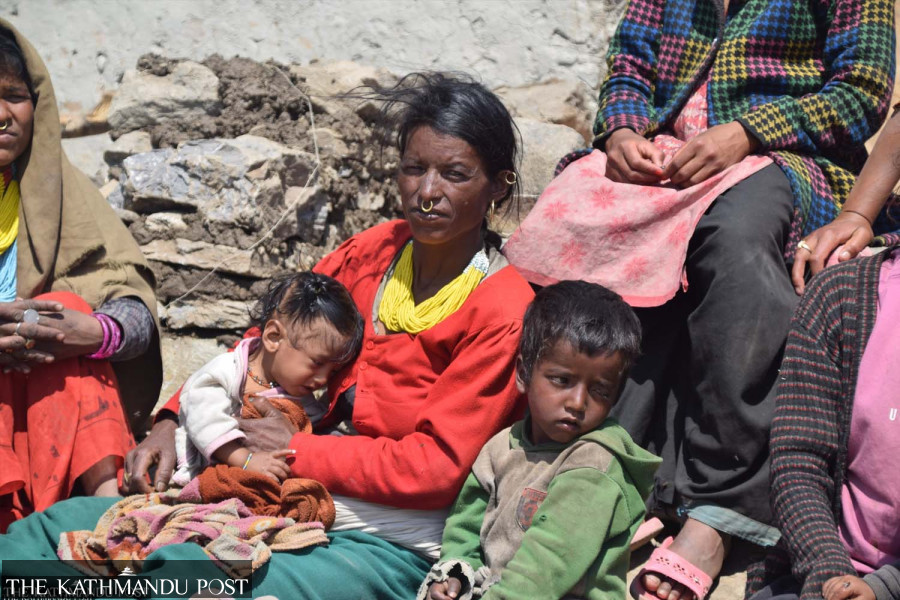Health
Health ministry to launch nationwide nutrition survey this fiscal year
Experts warn that malnutrition stunts children’s physical and mental development and ultimately impacts the nation’s economic health.
Post Report
In a bid to monitor the nutrition status of the population, the Ministry of Health and Population is planning to carry out a nutrition assessment survey in all districts throughout the country in the ongoing fiscal year.
Officials said the nutrition status of pregnant women, children under five, adolescents, and new mothers will be monitored during the survey.
“We will first assess the nutrition condition of the people of specific age groups and then share the findings with relevant agencies, including the Ministry of Health and Population,” said Lila Bikram Thapa, chief of the Nutrition Section at the Family Welfare Division under the Department of Health Services. “The nutrition assessment survey is crucial for getting the latest picture of the nutrition status of the population.”
Malnutrition is a silent crisis in Nepal. The country has made significant progress in reducing stunting among children under five. According to the Nepal Demographic and Health Survey-2022 report, stunting decreased from 57 percent in 2001 to 25 percent in 2022.
Wasting, a debilitating disease that causes muscle and fat tissues to waste away among children under five, decreased from 11 percent in 2001 to eight percent in 2022.
Wasting or low weight for one’s height in children, if not treated properly and on time, is associated with a higher mortality risk, according to the World Health Organisation.
Even though the health survey report showed some improvement in the country’s overall nutrition status, progress is not the same in all provinces. More than 16 percent of the children under five years in Lumbini Province are found to be suffering from wasting—the most immediate, visible, and life-threatening form of malnutrition.
Likewise, around 10 percent of children under the age of five years in Madhesh Province have been found suffering from wasting.
Officials said the new study was required to determine the latest progress on the population's nutrition conditions.
“The nutrition status of the adolescent population will be monitored by schools, while health facilities will monitor children, pregnant women, and new mothers,” said Thapa. “Health workers will also take classes in schools to educate students about the importance of good nutrition and counsel pregnant women and new mothers at health facilities.”
Along with the lack of sufficient nutrient foods, poor sanitation and lack of safe drinking water and treatment are blamed for wasting.
Doctors say malnutrition during pregnancy increases the risk of complications and maternal and neonatal deaths, as well as the likelihood of low birth weight. It is a major impediment to growth, affecting human capital and economic productivity of a country.
Experts say nutrition is directly linked to the country's overall development. Malnutrition affects children's physical and mental growth, which ultimately affects the country’s economic health.
It weakens intellectual capacity, limits productivity in adulthood, and increases vulnerability to certain diseases.
Nutritionists ask authorities to promote locally available foods, educate people about the importance of a nutritious diet, and provide fortified flour to improve nutritional conditions and reduce dependency on freely distributed foods.
Nepal also has an international obligation to improve the condition of malnourished children.
To meet the SDG targets, the country needs to reduce stunting to 15 percent from the current 32 percent by 2030, wasting to four percent from the current eight percent, underweight condition to 10 percent from the existing 19 percent, and anaemia to 10 percent from more than 43 percent at present.
The SDGs, a follow-up on the Millennium Development Goals, (MDGs), aim to end poverty, hunger, and all forms of inequality worldwide by 2030, and Nepal has committed to meeting the goals.




 9.12°C Kathmandu
9.12°C Kathmandu












%20(1).jpg&w=300&height=200)
